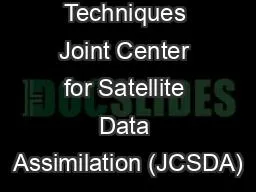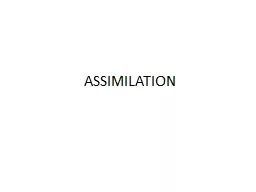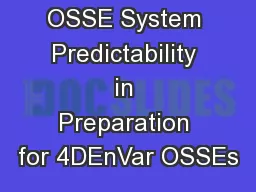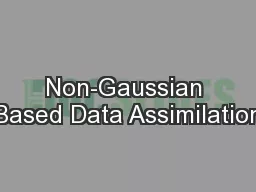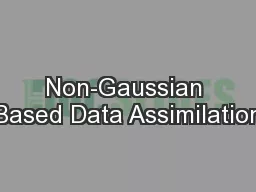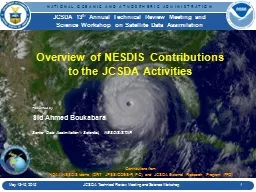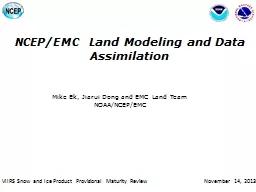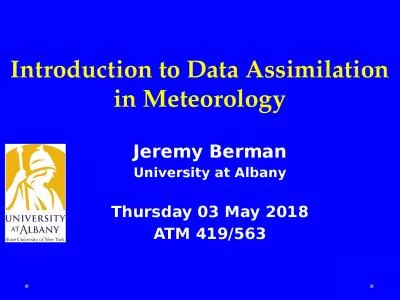PPT-Programming Techniques Joint Center for Satellite Data Assimilation (JCSDA)
Author : attentionallianz | Published Date : 2020-08-27
JEDI Academy 1013 June 2019 The Joint Effort for Data assimilation Integration JEDI Objectives Very brief introduction to object oriented and generic programming
Presentation Embed Code
Download Presentation
Download Presentation The PPT/PDF document "Programming Techniques Joint Center for ..." is the property of its rightful owner. Permission is granted to download and print the materials on this website for personal, non-commercial use only, and to display it on your personal computer provided you do not modify the materials and that you retain all copyright notices contained in the materials. By downloading content from our website, you accept the terms of this agreement.
Programming Techniques Joint Center for Satellite Data Assimilation (JCSDA): Transcript
Download Rules Of Document
"Programming Techniques Joint Center for Satellite Data Assimilation (JCSDA)"The content belongs to its owner. You may download and print it for personal use, without modification, and keep all copyright notices. By downloading, you agree to these terms.
Related Documents

